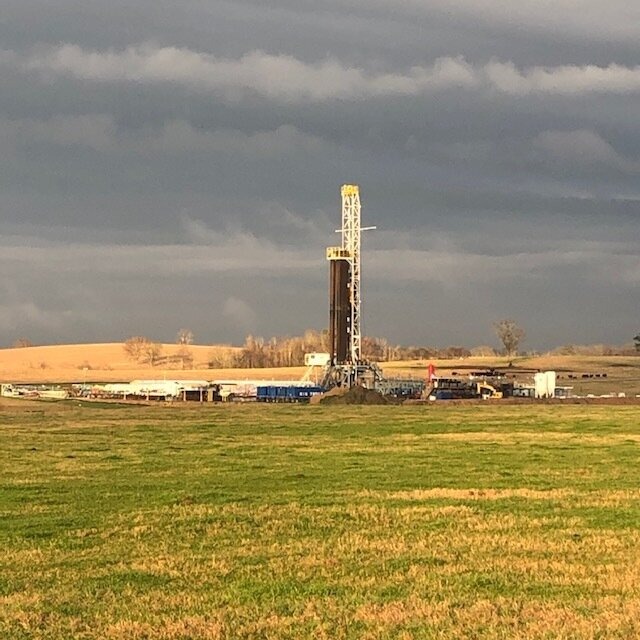
Cost benefits and environmental factors drive operators towards a total drilling fluid management approach
Closed loop drilling systems are inherently environmentally friendly. By eliminating reserve pits, closed loop drilling systems allow operators, both large and small, to reuse drilling fluids for multiple wells, minimize cuttings volume and waste disposal costs and minimize the risk associated with open reserve pits.
However, regardless of the drilling fluid system, once the drilling operation ends, there are necessary steps involved for disposal. With a reserve pit, there may be remediation and clean up, depending on the land owners wishes or local/state regulations. When using a closed loop drilling system, without the reserve pit, there will always be cuttings and fluid to address. The fluids can be reused, the solids can be disposed of or recycled for other uses.
A closed loop drilling system is always preferred, but when a reserve pit is absolutely necessary, you must design the optimum solids control system. This will reduce the amount of liquids going into the reserve pit, lowering risk, decreasing dilution, and resulting in a smaller overall pit size.
As long as the current market remains volatile, operators will look for more ways to save cost and increase efficiencies on every project. The two articles referenced below provide insight into the benefits of reusing drilling fluids and recycling drill cuttings.
Environmental Protection online published Recovering Drilling Muds and Drill Cuttings for Reuse. The article shows how recycling drill cuttings and drilling mud can help operators meet disposal regulations, and how proper disposal of such waste prevents the contamination of water supplies and the soil.
Similarly, The U.S. Environmental Protection Agency (EPA) published the Review of State Oil and Natural Gas Exploration, Development and Production (E&P) Solid Waste Management Regulations which discusses recycling and re-use of drill cuttings with a state-by-state review. Examples cited in the report include cuttings being used to stabilize roads and drilling pads, or for use as filler in concrete, brick or block manufacturing. Other reported applications include using cuttings to restore coastal wetlands or as a potential fuel source, as opposed to being re-injected or landfarmed.
Why are operators reusing drilling fluids and recycling drill cuttings? There are many answers—financial, regulatory, ‘doing the right thing’—but hopefully the primary one would be taking the lead on environmental stewardship.
Poor solids control handling can be costly for any operator. As environmental compliance continues to become more integrated into the entire drilling fluid lifecycle, operators will increasingly search for companies that specialize in drilling waste management solutions that cover the entire lifecycle of a well.
Panther Fluid Management has the experience to assist your company with all of its solids and fluid disposal needs. Our system designs are backed by years of experience and have consistently lowered overall mud costs for clients. We consult with the operator to design the best fluids system for each well; including everything from discrete services like mud and screens to fluids engineering to complex closed-loop systems for solids control to haul-off and disposal. More importantly, we understand the total fluids life cycle and can prepare for many contingencies based on well conditions. Contact Panther Fluids Management today for the latest in drilling fluids technology.

